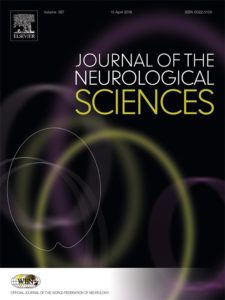Mild head injury such as concussions and subconcussive repetitive impact may lead to subtle changes in brain function and it is imperative to find sensitive and reliable tests to detect such changes. Tests involving the visual system, in particular eye movements, can incorporate higher cortical functioning and involve diffuse pathways in the brain, including many areas susceptible to head impact. With concussions, the clinical neuro-ophthalmic exam is important for detecting abnormalities in vergence, saccades, pursuit, and visual fixation. On the sidelines, the King–Devick test has been used as a visual performance measure that incorporates eye movements and increases the sensitivity in detecting possible concussions in conjunction with standard sideline tests of cognition, symptom checklists, and balance. Much promise lies in the eye movement laboratory to quantitate changes in saccades and pursuit with concussions using video-oculography. A combination of eye movement tasks coupled with neuroimaging techniques and other objective biomarkers may lead to a better understanding of the anatomical and physiological consequences of concussion and to better understand the natural history of this condition.
Summary Points:
- The K-D Test provides a rapid, reliable, and objective assessment.
- Performing the K–D Test involves saccades, attention, and language, and therefore evaluates diffuse networks in the brain, including the networks for saccade generation in the brainstem, cerebellum, and areas of the cerebral cortex such as the DLPC, frontal eye fields, supplementary motor area, and parietal lobes.
- Worsening from baseline is consistent with the diagnosis of concussion, since in healthy athletes the scores typically improve with practice and are not adversely affected by physical activity.
- In a meta-analysis of 15 studies evaluating the ability of the K–D Test to detect concussions in a variety of sports including hockey, lacrosse, football, basketball, soccer, boxing, and rugby, the K–D Test was found to have a sensitivity of 86% and a specificity of 90%.
- Multiple lines of evidence have emerged to show that the K–D Test, is sensitive and specific in detecting concussions on the sidelines and complements tests of balance and the SAC.

